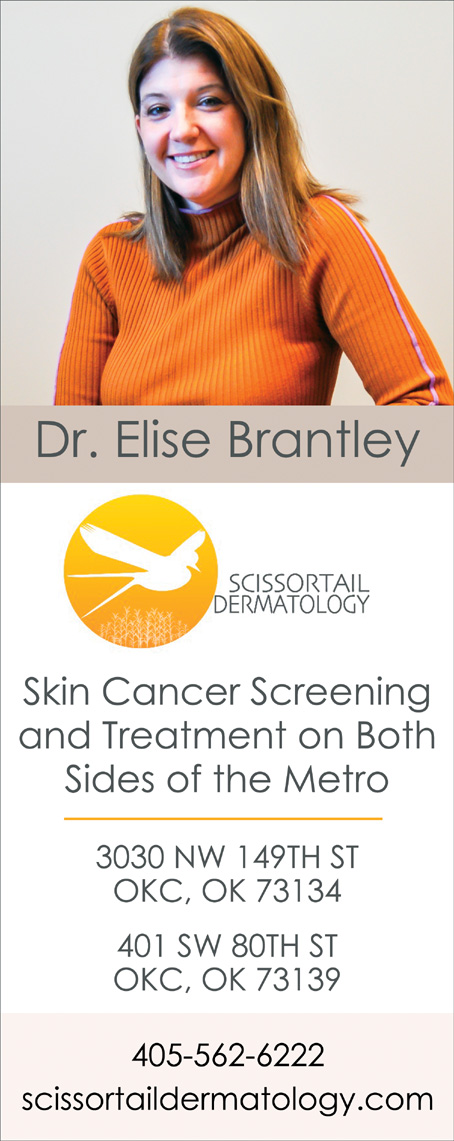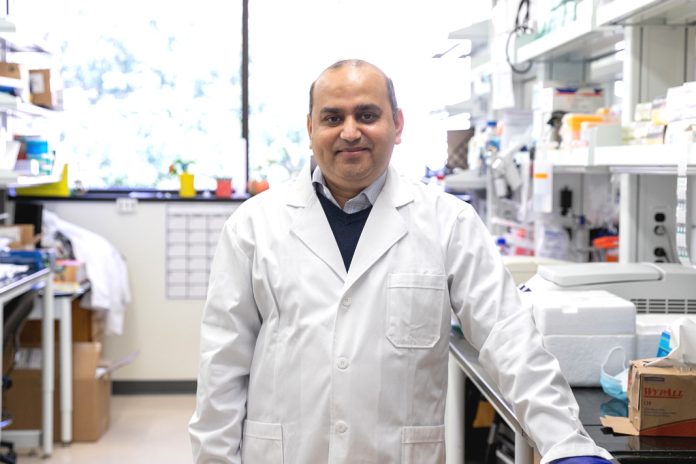An Oklahoma Medical Research Foundation scientist hopes a new, two-year grant will help him pinpoint the genetic variants that can cause age-related hearing loss.
Scientist Gaurav Varshney, Ph.D., will receive $469,000 from the National Institute on Deafness and Other Communication Disorders, a part of the National Institutes of Health.
Varshney’s lab studies human disease through zebrafish. More than 80% of human genes known to be associated with disease have a counterpart gene in the paperclip-sized fish.
In the U.S., hearing loss affects 1 in 8 people ages 12 and older, according to the NIH. The numbers rise as we age, with 1 in 3 experiencing hearing loss among those 65 to 74 years old.
Genetic causes account for up to half of all hearing loss cases, Varshney said. Scientists have narrowed the possible responsible genetic variants to about 100 mutations through genomewide association studies.
One such U.K. study, published in 2019, analyzed the DNA of 250,000 people between 40 and 69 years old with diagnosed and self-reported hearing loss. That study identified 44 regions within the DNA where one or more genetic mutations could cause hearing loss.
Humans and zebrafish share 39 of those 44 regions. Those 39 areas will be the focus of Varshney’s research.
“We want to pinpoint the specific genes within those 39 regions that could be responsible for hearing loss,” he said. “With that information, scientists can design better treatments for the condition.”
Varshney’s lab will use the gene-editing tool CRISPR/Cas9 to turn off individual genes within a given DNA region in the fish. To determine whether that missing gene results in hearing loss, his team will track fish behavior immediately after generating a startling sound. He’ll then repeat this process for genes in all 39 regions.
“Dr. Varshney’s research is a critical step, and it’s representative of how genetic studies often work,” said Patrick Gaffney, M.D., who chairs OMRF’s Genes and Human Disease Research Program. “You narrow the list of potential mutations until one day, hopefully, you can target a specific mutation with a drug therapy. That’s the direction his research is headed.”
Varshney’s grant is 1R21DC020317-01A1.















